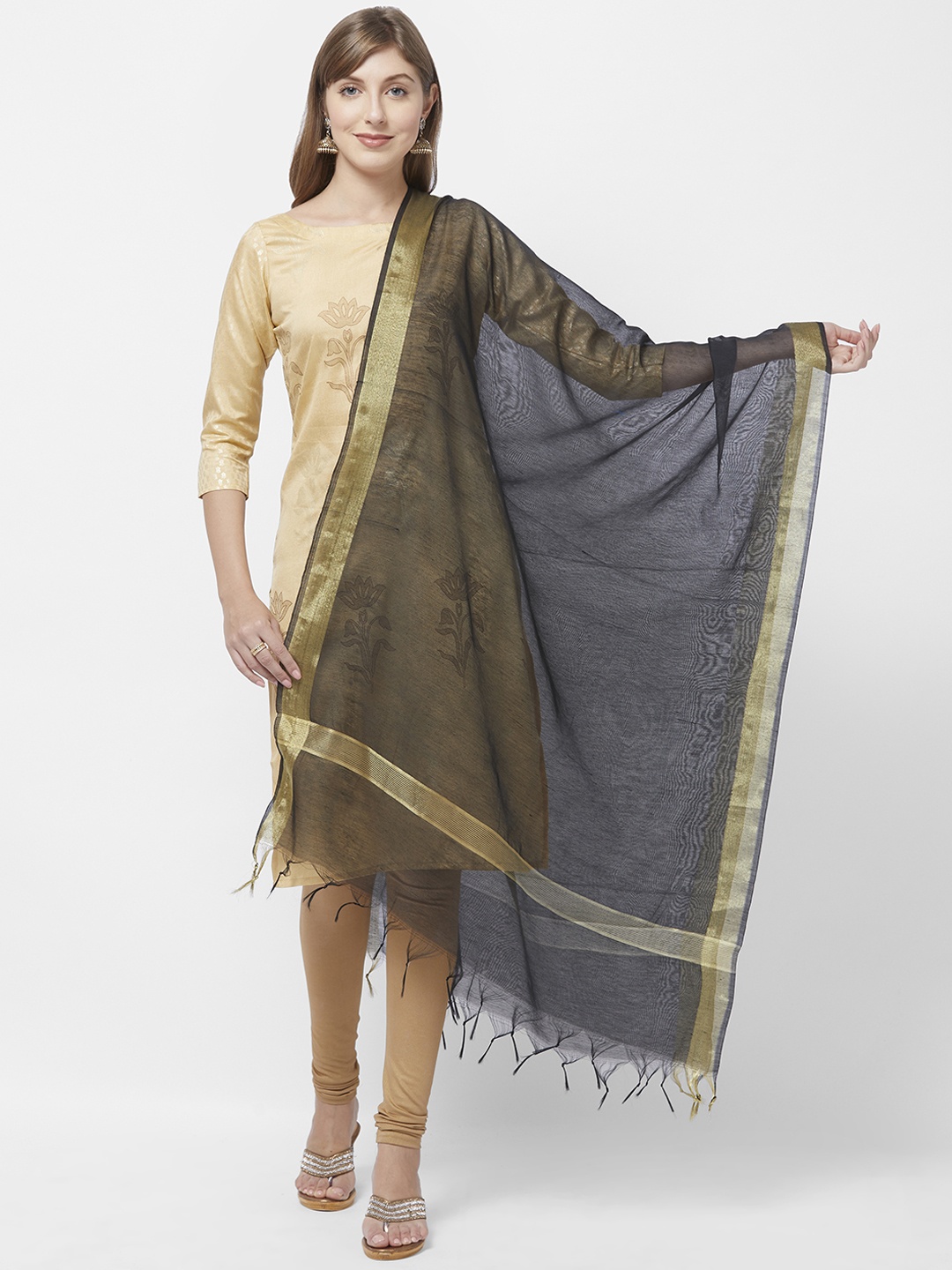Why Is Your Satin Dress Not Sitting Right? 8 Common Fit Mistakes And Fixes
A satin dress is the queen of elegant outfits, sultry, sophisticated, and oh-so-smooth. But what if your dreamy dress turns into a clingy, crumpled mess? Let us explore why your satin number is not sitting pretty and how to fix it like a pro.

Get That Flawless Look: Decoding Satin Dress Fit Mistakes
There's something effortlessly glamorous about satin. It drapes like liquid gold, catches light in all the right places, and whispers luxury with every step. However, as much as it flatters, satin can be a finicky fabric. Too tight and it creases faster than a ₹500 note in your back pocket. Too loose and it droops like it's had a long day in Delhi's heat.
Many have fallen for a satin dress in a shop's perfect lighting, only to frown at the mirror once home. The bust sits oddly, the waist bunches, and the fabric clings like gossip at a family wedding. The struggle is real, but it's fixable.
This guide unravels eight common mistakes that make satin dresses go from Bollywood glam to wardrobe malfunction, and more importantly, how to fix them.
Also Read: How To Style Maxi Dress For Weddings, Picnics And Everything In Between
1. It's Clinging in All the Wrong Places
Satin may look smooth, but it's not forgiving. If your dress feels like it's been glued to your hips or thighs, blame static cling or sizing gone wrong. This is especially common when wearing the wrong underlayers or if your skin's dry and attracts the fabric.
The Fix:
Switch to anti-static innerwear or a satin slip. These are lifesavers, especially in humid places like Mumbai. A tiny spray of anti-static mist or even rubbing a metal hanger lightly across the inside of your dress can help discharge static. And don't forget moisturising! Hydrated skin reduces friction. Pro tip? Avoid talcum powder, it makes the issue worse.
2. The Bust Area Looks Puffed or Pulled
Nothing kills confidence like a dress that bunches at the chest. Satin, being delicate, will show every wrinkle or taut pull. This often happens if the bust darts aren't placed correctly or the cup size isn't matched to your body.
The Fix:
Visit a tailor who understands eveningwear. A small alteration, like repositioning darts or adding hidden cups, can make a massive difference. For a quick fix, fashion tape can secure gaping areas. Also, wearing the right bra (or going braless with sewn-in support) prevents warping the neckline. Remember: satin is all about clean lines.
3. Waistline Woes – It's Either Too Loose or Too Tight
A satin dress that cuts across your waist like a pressure band or hangs shapelessly around it? Not flattering either way. Indian bodies are beautifully diverse, and ready-made dresses don't always account for those curves and contours.
The Fix:
Belting the waist is one trick, but for a polished look, consider minor tailoring. If you're buying off-the-rack, opt for a size slightly bigger and get it pinched in. A well-placed seam or tuck can transform the silhouette. Also, remember that posture matters! Slouching in satin can exaggerate lumps and bumps.
4. That Pesky Pull Around the Hips
One step forward and your dress wrinkles around the hips? Satin hates tension. Tightness in the lower half causes pulling and distorts the fall of the fabric, especially for mermaid or pencil cuts.
The Fix:
Buy based on your widest part, usually the hips, and tailor the rest. This might seem counterintuitive, but it prevents strain on the fabric. Shapewear can also help smooth the overall look, especially if you're attending an event with lots of sitting and standing (hello, wedding sangeets). Just ensure your shapewear isn't too tight or the problem doubles.
5. It's Riding Up When You Walk
There's nothing more irritating than constantly tugging at a satin dress that refuses to stay put. If your dress rises as you walk, chances are it's either too tight at the hem or the fabric's being pulled from tension at the thighs.
The Fix:
Check the lining. A satin dress without proper lining often sticks to your skin. Adding a smooth inner layer, or even a detachable slip, allows movement without drag. For pencil styles, a side or back slit gives room to walk naturally. And always do the “sit-and-stand” test in the trial room before buying.
6. Creasing Like Wrapping Paper
Satin is notorious for creasing. You sit for five minutes, and suddenly your dress looks like it's been through rush hour on the Mumbai local. While some creasing is inevitable, excessive ones usually signal a fabric blend that's too delicate, or an ill fit.
The Fix:
Invest in steamed satin or satin blends with polyester that hold shape better. Also, carry a travel-sized garment steamer or wrinkle release spray (₹300-₹500 online). For major events, hang your dress up in the bathroom during a hot shower. The steam relaxes most minor creases. Bonus tip? Avoid folding it in your handbag, even if you're running late!
7. Straps That Slip or Dig In
If your dress has spaghetti straps or thin shoulder ties that won't stay up (or worse, leave marks), the balance is off. This is common with dresses bought online, especially if the shoulder width isn't considered.
The Fix:
Adjustable straps are your best friend. If they aren't already there, any neighbourhood tailor can add discreet sliders. In case they're digging in, sew in shoulder cushions or opt for a layered hairstyle to hide strap marks. And please, don't settle for safety pins, it's a recipe for a wardrobe malfunction!
8. The Hemline Drama – Too Long, Too Short or Uneven
Dragging hemlines or surprise high-rises when you move? That's a satin sin. Satin flows best when tailored to precision, and even a few inches too long or short throws off the entire look.
The Fix:
Always try satin dresses with the shoes you plan to wear. This especially matters for lehenga-style gowns or Indo-western dresses, where heels change the equation. A tailor can curve the hem to flatter your frame. Uneven hemlines are trendy, but only when intentional! For traditional events, aim for a length that touches the floor lightly without catching underfoot.
Products Related To This Article
1. Roadster The Lifestyle Co Self-Design Maxi Dress
2. Antheaa Puff Sleeve Satin Embellished Midi Dress
3. LABEL AARNA Women Rosy Mist Soft Satin Kaftan with Digital Print
4. H&M Sleeveless Satin Maxi Dress
5. MABISH by Sonal Jain Satin Wrap Midi Dress
Satin is like that high-maintenance friend who's worth the effort. When it fits right, it flatters like nothing else, flowing, glowing, and making heads turn. The key lies in getting the details right. From smart layering and thoughtful tailoring to choosing the right fabric blend, even the trickiest satin dress can be tamed.
Don't give up on your dream outfit because of a few snags. A good fit isn't just about size; it's about how a garment understands your shape, your movement, and your style. So the next time your satin dress doesn't sit right, remember, it's not you, it's the fit. And luckily, that's fixable. Shop Now On Myntra.





























